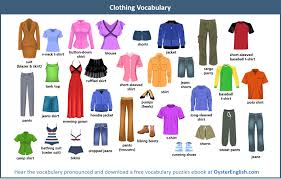Skin, Nose and Tongue

Skin, Nose and Tongue How do we taste things? Taste buds are sensory organs that are found on your tongue and allow you to experience tastes that are sweet, salty, sour and bitter. Other senses are also used along with the taste buds. The taste buds can only detect the difference between sweet, salty, sour and bitter. But when you eat, other sensations heat and cold, texture and especially smell-also help. It is these extra sensations which help to tell the difference between different foods. Taste buds The taste buds contain clusters of cells with hairs on the end. They allow different tastes to be recognized. Cheese tastes The taste buds can hardly differentiate between these pieces of cheese. But the sense of smell combines with taste to reveal the flavor. What are taste buds? Taste buds are Clusters of special cells set in tiny wells in the tongue. They are so tiny that there are 10,000 of them altogether. As you chew, tiny particles of food dissolve ...







